The vision for Android began in 2003. According to Andy Rubin, one of the founders, the goal was to build “smart mobile devices that contain user location data and other features.” Its first appearance in technology was in 2005, when Google, a multi-billion dollar technology company, purchased Android. At that time, very few people knew about Google’s intentions until 2007, when Google released the world’s first open platform for mobile devices.
Page Contents
Android – operating system
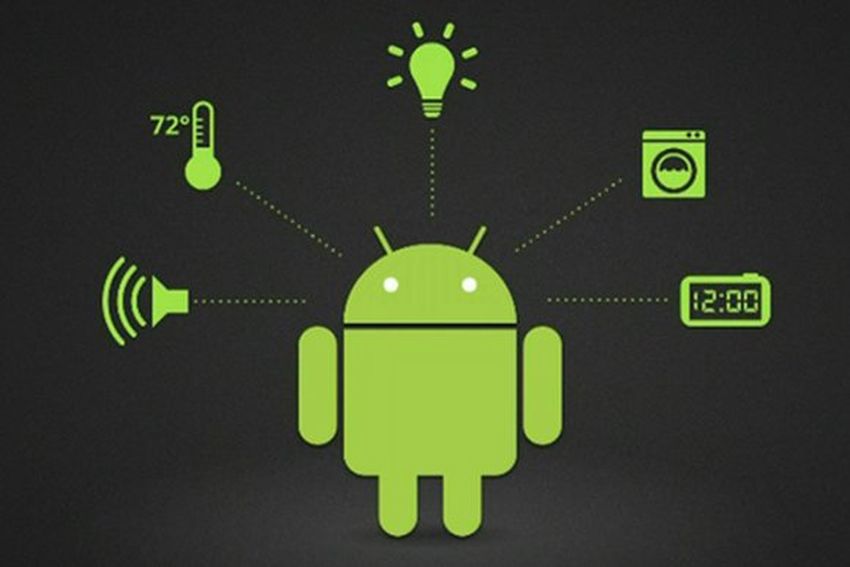
source:marketingland.com
That is the open-source operating system of the American company Google. This operating system is modular and customizable and is used in other devices besides smartphones and tablets, such as smart TVs, smartwatches, ebook readers, cars, and multimedia players. Android-based on Linux 2.6 kernel and written in C / C ++ programming language.
Given the openness of the source code, applications through middleware software have the ability to communicate and launch other applications, for example, to make calls, send text messages, launch cameras, and the like. Although the C programming language is applicable to the framework, most applications are written in the Java programming language using the Software Development Kit (SDK). There is an option to write applications in C language as well, but then the Native Development Kit (NDK) (the Android developer kit in source code) is used.
Since 2008, more and more Android versions have been released.
Introduction to Android Studio
That is an official development environment (IDE) for developing Android applications that build on the IDEA integrated development environment as indicated by AppVerticals, an app-developing company. It offers many functionalities such as these:
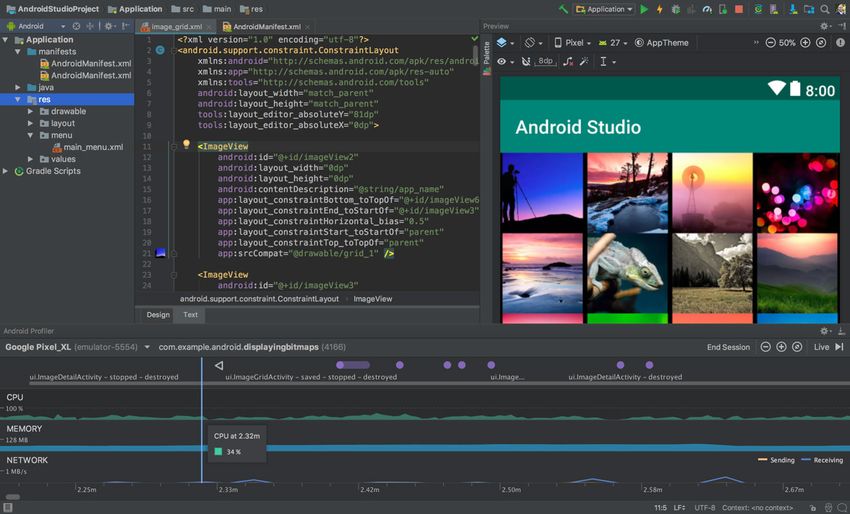
source:developer.android.com
– Gradle build system
-A fast emulator of various functionalities
-Unique development environment for all devices
-Launch apps without creating a new APK
-Code Version Integration (GitHub)
-Testing tools and libraries (frameworks)
– Support for C ++ and NDK and many others
The download is free and is provided with an Apache 2.0 license. The studio requires the development of the Java Development Kit (JDK) to develop applications. The studio is supported by Linux, Windows, and Mac OS X operating systems. It is available for download on the Internet.
Studio installation
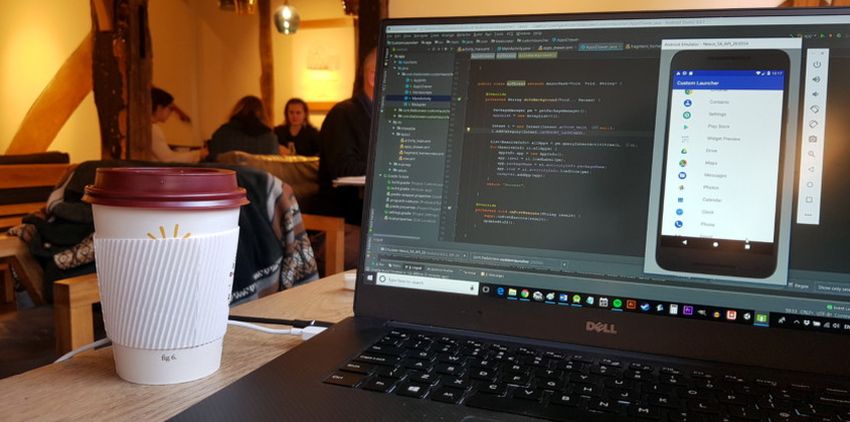
source:developer.android.com
After the package has been provided for the Linux operating system, the package should be unpacked at the desired location.
1. Open the zip document that we downloaded in an appropriate location for our applications, such as / usr / local / for the user profile, or / opt / for shared users.
- To run it, open a dedicated application (terminal), navigate to android-studio / bin directory and execute studio.sh
- Choose whether or not to open an existing project, click OK.
- The Android Studio Wizard guides us through the rest of the installation, which includes downloading the SDK components that are required for the development. Running on 64-bit Fedora (Linux operating system) requires the installation of some 32-bit libraries. The following command makes the installation.
Make sure you install everything the right way so that there are no problems later. People spend over 3 hours a day on their smartphones, so you have to give them the best service possible.
Project structure
The structure of the project can be roughly divided into three parts:
Application modules
This part of the project provides an application code docker, resource files, and application settings at levels such as module level, compilation document, and manifest document. When creating a new project, the default name of the module is “app”.
Libraries
This section of the project provides a reusable container of code. Unlike uninstalled applications, it compiles a code archive instead of an APK, so it cannot be installed on the device.
Google App Engine
For Google Cloud backend code. The Google Cloud Development module within the Android Studio allows you to master application code and backend code in the same project. To the left of the Android Studio interface is a project viewer. With it, you can view open projects and any files that belong to those projects. They can also analyze and refactor the code, as well as compare files and open them in a separate file browser window.
Project configuration documents
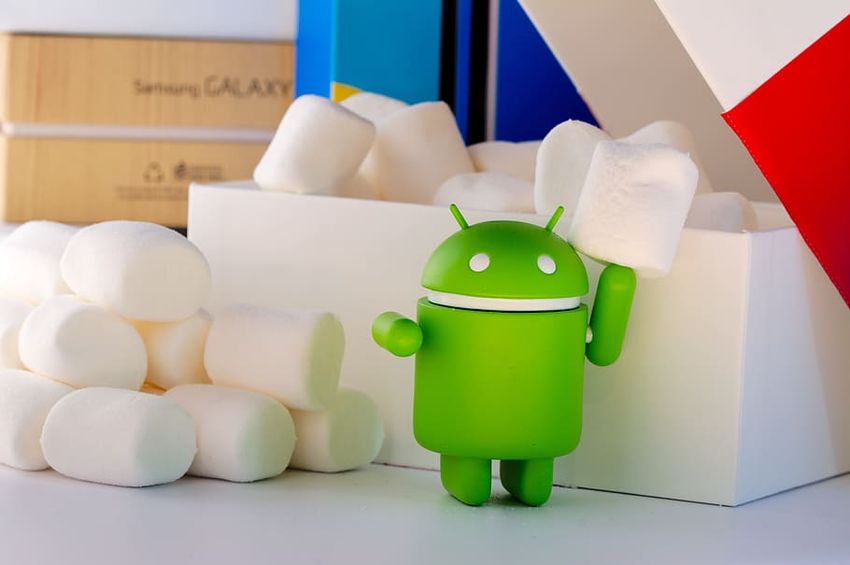
source:marketingland.com
Module name
AndroidManifest.xml /: the basic project file that is automatically generated with it. Declares basic information required by the system to run the application – package name, version, activities, permissions, intentions, and hardware required.
java /: contains Java classes organized by packages. Creating a new project also creates his main activity, which is bundled with the name of the application. It also contains code for local tests running on JVM (Java Virtual Machine).
res /: contains project resources such as images and XML files that describe the interface layout and menus.
– drawable /: contains images used by the application, categorized by different pixel densities of the screen. It also contains an icon for the application created by the project.
– layout /: contains XML definitions of views and their elements.
– values /: contains XML files that define sets of ordered pairs (name, value). These can be colors, strings, or styles. Multiple value directories are organized into different screen sizes to better customize the interface for them.
build.gradle (modules) Configurations for compiling individual modules.
build.gradle (project) Compile configurations that apply to all modules.
These directories are created automatically with a new project, although it is not necessary for each project to contain all the documents listed.
Some other devices are based on this operating system, like…
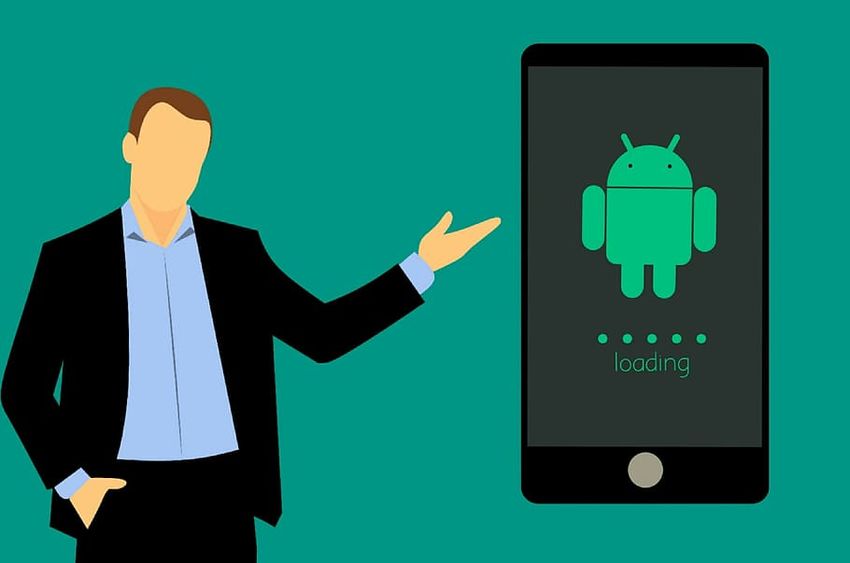
source:pxfuel.com
TV
It is a smart TV platform developed by Google. It is based on the Android operating system. It can be implemented in TV and standalone digital media producers. There are more than 600 optimized applications for this. Google is the guarantor of operating system upgrades, which are sometimes significant. It is an ideal gaming platform as it guarantees good hardware allowing for the smooth operation of demanding applications and good gaming performance that are not yet at the level of high-end smartphone games.
In the car
Android Auto makes it easier to use your cell phone in your car. To keep customers focused on driving, it’s designed to work on a cellphone screen or in-car display. It contains more transparent icons and is easy to use while driving with voice selection and simple interface. The current main application is Google Maps, which shows you the way to your destination.
Smartwatch
The smartwatch can be used individually. Features are wide-ranging: preview and receive calls, reply to messages directly from the clock, view appointments, personal fitness information, contacts and listen to music.
Conclusion:
Programming is very complex and requires a lot of knowledge and experience with skills only attainable over time — that’s why the team at Rocket Lab is in such huge demand right now. Their team is well-versed in both hybrid and native app development and specializes in both iOS and Android mobile app platforms. Their commitment to technology puts them at the forefront of change; enabling them to tailor apps that meet both your budget and deployment expectations.





